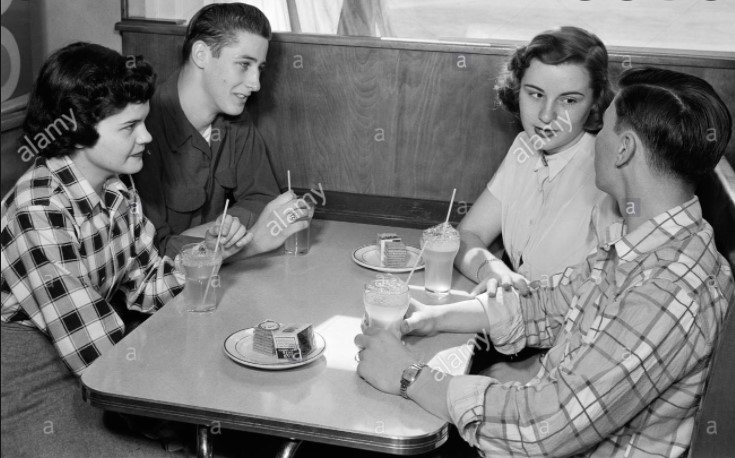In 1901, a young man who was smitten by a female would wait for an invitation to pay her a visit. They’d probably convene in the parlor, where they’d be watched by a mother or father.
By 1921, a young man would no longer be required to play gentleman caller; instead, he might ask the woman out on a date and pay for an evening of dining and dancing. A young couple can be “going steady” by 1951. They might be living together in 1971. They might just “hook up” for the night today.
The traditions, thrills, and heartaches of American courtship have altered dramatically during the previous century. And, according to Virginia Drachman, the Arthur and Lenore Stern Professor of American History at the School of A, “the manner in which men and women—or men and men, or women and women—have sought each other out and grabbed each other’s fancies is an engaging method to examine social history.”
Drachman is presenting a research class called “Courtship in America” this semester. She points out that there is a modest but increasing body of scholarship on courtship and dating among historians.
Drachman, whose research focuses on American women, adds, “I watched my two children move into their 20s.” “That’s not how we used to do things back in the ’30s,” my mother, who is 90, would say. ‘That’s not how we used to do things in the 1950s, 1960s, or 1970s, either,’ I’d reply. So I thought it would be great to historicize dating—to take something that the kids are familiar with and give it a new spin.
I’m Calling for a Date
However, as the century passed, calling gave way to a more modern method of dating, and the power balance shifted. Drachman explains, “Young males would invite women into the public arena, their world.” Women in America were stepping beyond their normal public boundaries at this time: they were voting, working, and attending college. “They aren’t going to be constrained by the law.”
In many ways, it was a symbol of progress for women who were no longer under the scrutiny of their families. However, it did not come without a price. Women had to wait to be invited, relying on the initiative of their dates. “And dating evolved into a system of exchange,” Drachman explains. “The young man brought the woman out, paid for supper and a movie, and expected some sort of exchange, some sort of intimate favor in return.”
She claims that during the age of the “new woman,” when women were demanding more equality, “they could begin to explore their sexuality.” “However, because there is a sexual double standard, girls are unable to explore their sexuality in the same manner that men do.”
Of course, nothing is completely one-sided. “Women’s history is constantly one step forward, half a step back,” adds Drachman. “In the public sphere, women gained something, and in the domestic sphere, they lost something.”
